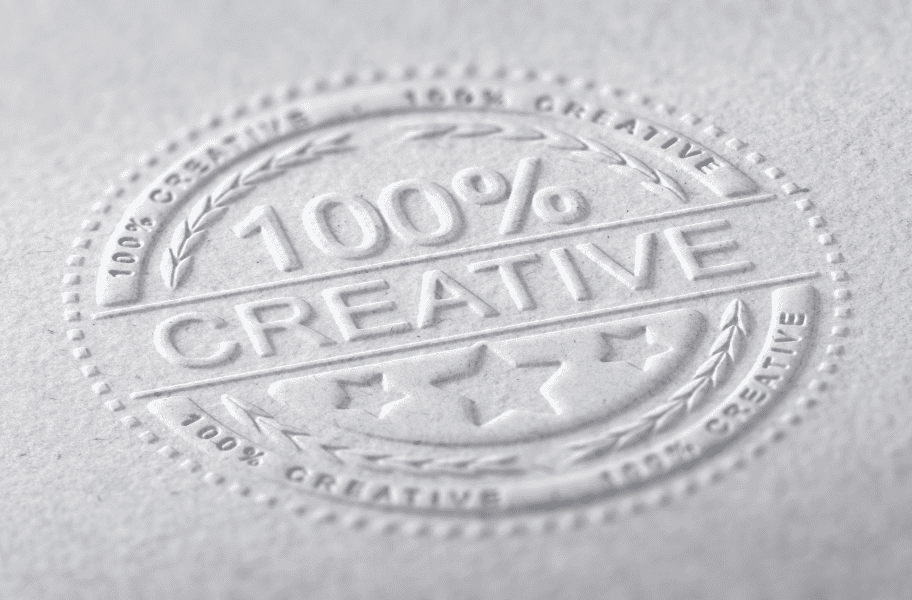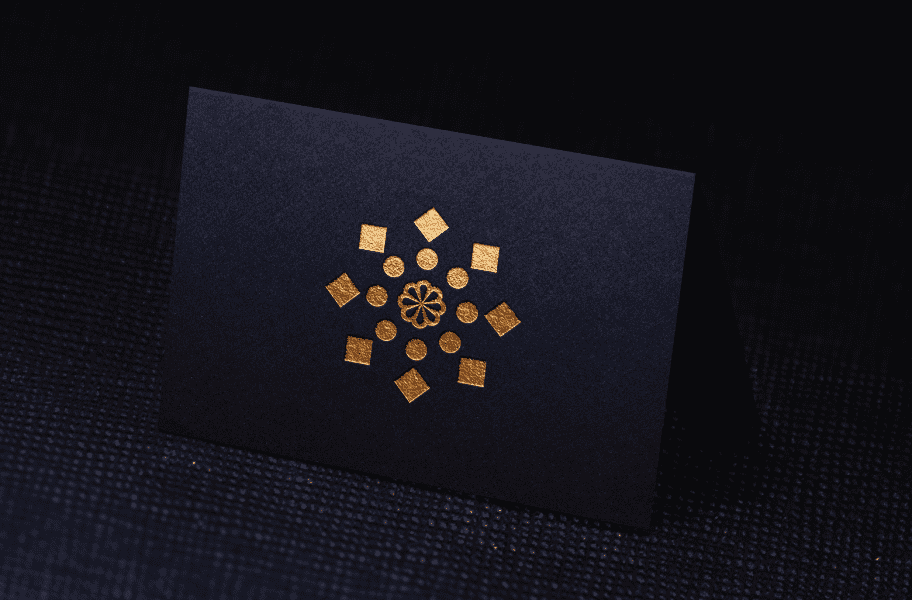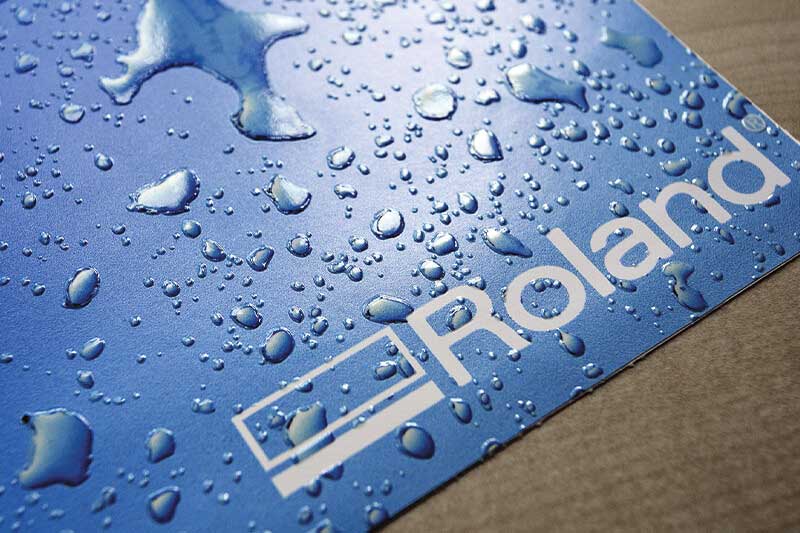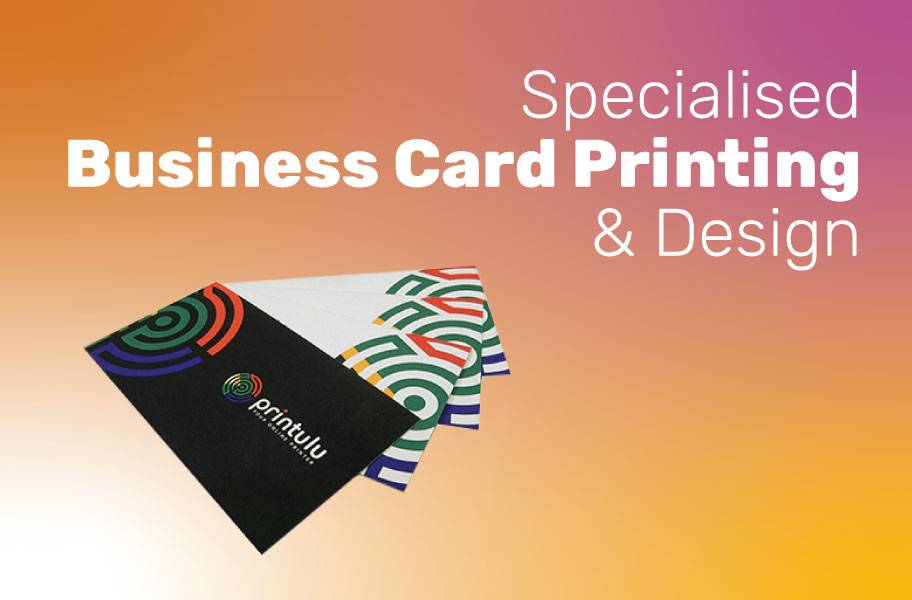Your business card is often the first point of contact a potential customer has with your brand. It’s essential that it leaves a lasting impression and accurately represents your business. While you can easily create standard business cards on your own, custom business card printing and design can take your cards to the next level. In this article, we’ll cover why custom business cards are essential for your business, the key elements of an effective business card design, and popular printing options to help you get the perfect card for your business.
Why Custom Business Cards are Essential for Your Business
Making a Lasting First Impression
The first impression can make or break a business opportunity. It is crucial to make a lasting and positive impression on potential clients or partners. Custom business cards can leave an impression that is more memorable and professional than a standardised business card. The design of your business card can reflect your brand identity and give a glimpse of your company’s values and personality.
A well-designed custom business card can set the tone for how your business is perceived. It can communicate your attention to detail, professionalism, and creativity. A unique design can make your card stand out in a pile of other business cards, making it more likely for people to remember you and your business.
Showcasing Your Brand Identity
Your brand identity is a critical component of your business. It is the visual representation of your company’s values, mission, and personality. Custom business card design can help you showcase your brand identity and communicate your branding message effectively. Your business card should align with your brand’s colour palette, typography, and overall style.
The right design can also help you differentiate yourself from your competitors and make your business more recognizable. A unique and creative business card can spark conversations and make people curious about your business. It can be an excellent conversation starter, leading to potential business opportunities.
Enhancing Professionalism and Credibility
Custom business cards can help you establish credibility and professionalism in your industry. They can create a sense of trust with your prospective clients and show that you are serious about your business. A well-designed business card can convey your attention to detail and commitment to quality.
Moreover, custom business cards can help you build your network and expand your business. They are an essential tool for networking events, conferences, and meetings. A unique and memorable business card can make a lasting impression on potential clients or partners, leading to new business opportunities.
In conclusion, custom business cards are an essential tool for any business. They can help you make a lasting first impression, showcase your brand identity, and enhance your professionalism and credibility. A well-designed business card can set you apart from your competitors and make your business more recognizable. So, invest in a custom business card design and take your business to the next level!
Key Elements of an Effective Business Card Design
Business cards are an essential marketing tool for any business, big or small. They are often the first impression that potential clients or customers have of your business, so it’s essential to make sure that your business card design is effective and memorable. Here are some key elements to keep in mind when designing your business card:
Choosing the Right Layout and Format
When it comes to designing your business card, the layout and format you choose can make all the difference. A professional designer can help you create a unique layout that stands out while still remaining easy to read and comprehend. They can also help you choose a format that suits your brand and business needs. For example, a vertical layout may work better for a portrait photographer, while a horizontal layout may be more suitable for a landscape architect.
Selecting the Perfect Typography and Font Size
Fonts and typography can have a significant impact on the overall design of your business card. The right typography can help your card stand out, while the wrong typeface can make it difficult to read. When selecting a font, consider your brand’s personality and message. For example, a law firm may want to use a traditional serif font, while a tech startup may opt for a modern sans-serif font. Additionally, selecting the perfect font size is important. Too small, and your card may be challenging to read, too big and your card may look cluttered.
Incorporating Your Brand’s Color Scheme
Using your brand’s colour scheme can help your business card contribute to a cohesive branding strategy. Consider the printing options when selecting colours. For example, if you plan to print your cards using a digital printer, you may want to avoid using colours with a high saturation level. Additionally, ensure that the colours are consistent with your other marketing materials, such as your website, social media channels, and brochures.
Adding Relevant Contact Information
While it may seem obvious, adding relevant contact information to your business card is critical. Ensure that you include all necessary information such as your phone number, email, and website. You may also want to consider adding your social media handles, depending on your business and target audience. Be sure to double-check for any inaccuracies before sending your design to print.
Utilizing the Back of the Card
The back of your business card can be used to provide additional information or a unique design. Consider using the back to showcase a tagline, product offerings, or other key information. However, be careful not to overcrowd the design; use the back of the card wisely. You may also want to consider leaving the back of the card blank, providing space for the recipient to jot down notes or reminders about your business.
By keeping these key elements in mind, you can create a business card design that effectively represents your brand and helps you stand out from the competition.
Popular Business Card Printing Options
Business cards are essential for any professional. They are an easy way to share your contact information and make a lasting impression on potential clients or partners. In order to make your business card stand out, it’s important to consider the different printing options available to you.
Paper Stock and Thickness
The paper stock and thickness of your business card is printed can significantly impact the final product. Thicker stock can provide a more substantial feel and help your business card stand out from the rest. However, it’s important to consider the weight of the card and how it will fit in a wallet or business card holder. A heavier card may not be as practical for everyday use.
When it comes to paper stock, there are a variety of options available. Some popular choices include matte, glossy, and textured paper. Each option can provide a unique look and feel to your business card.
Finishing Options: Glossy, Matte, or Uncoated
Finishing options, whether glossy, matte, or uncoated, can have a significant impact on the final look and feel of your business card. A glossy finish can provide a sleek and modern look, while a matte finish can give a more subtle and sophisticated feel. An uncoated finish can provide a more natural and organic look.
It’s important to consider the design and branding message you are trying to convey when choosing a finishing option. For example, a bold and colourful design may work well with a glossy finish, while a more minimalist design may work better with a matte or uncoated finish.
Speciality Printing Techniques
In addition to paper stock and finishing options, there are also a variety of speciality printing techniques available to make your business card truly unique.
Embossing and Debossing

These finishes can add texture and depth to your business card design and elevate it above the standard card. Embossing raises the design, while debossing creates an indentation on the card. Both can significantly enhance the overall look and feel of your business card.
When considering embossing or debossing, it’s important to choose a design that will translate well in this format. Simple designs with bold lines tend to work best.
Foil Stamping

Foil stamping can add a sense of luxury and elegance to your business card. It adds a metallic shine to the design and can create a lasting impression on clients or potential clients. Gold and silver foil are popular choices, but there are also a variety of other colours available.
Foil stamping can be used to highlight specific elements of your design, such as your logo or contact information.
Spot UV Coating

Image Source: Spot UV, Gloss Ink and Printed Effects with Digital Print (https://www.rolanddg.eu/en-gb/blog/2021/10/15/spot-uv-gloss-effects)
Spot UV coating can help accentuate a specific area of your business card design. It works by applying a clear glossy coating on select areas and can add a unique dimension to the overall look of your card. This technique can be used to highlight a logo or other design element or to create a subtle texture on the card.
When considering spot UV coating, it’s important to choose a design that will work well with this technique. Bold and simple designs tend to work best.
Overall, there are a variety of options available when it comes to business card printing. By considering the different paper stock, finishing options, and speciality printing techniques, you can create a business card that truly stands out and represents your brand effectively.
When it comes to custom business card printing and design, it’s important to consider your brand’s overall aesthetic. Your business card should be a reflection of your brand identity and values. This means that the design should be consistent with your logo, website, and other marketing materials. If you’re not sure where to start, consider consulting with a graphic designer who can help you create a cohesive and visually appealing design.
Another important aspect to consider is the content of your business card. While it may be tempting to include as much information as possible, it’s important to keep it simple and concise. Include your name, job title, company name, and contact information such as phone number and email address. You may also want to include your social media handles if relevant to your business.
When it comes to printing options, there are several popular choices. Offset printing is a traditional method that produces high-quality prints with vibrant colours. Digital printing is a more cost-effective option that is ideal for small print runs and quick turnarounds. Letterpress printing is a luxurious option that creates a tactile and visually stunning effect.
Another consideration is the type of paper and finishes you choose for your business cards. Matte finishes are popular for their understated, professional look, while glossy finishes can make colours pop and add a touch of elegance. Textured papers, such as linen or recycled paper, can add a unique and tactile element to your business card.
Ultimately, the key to designing an effective business card is to strike a balance between creativity and professionalism. Your business card should be visually appealing and memorable, while also conveying important information about your brand and how to contact you. With the right design and printing choices, your business card can be a powerful tool for networking and building your professional reputation.
Read More:
Business Card Creation: The 5 Must Do’s
How to layout Business Cards for Printing
Order your business cards today!




